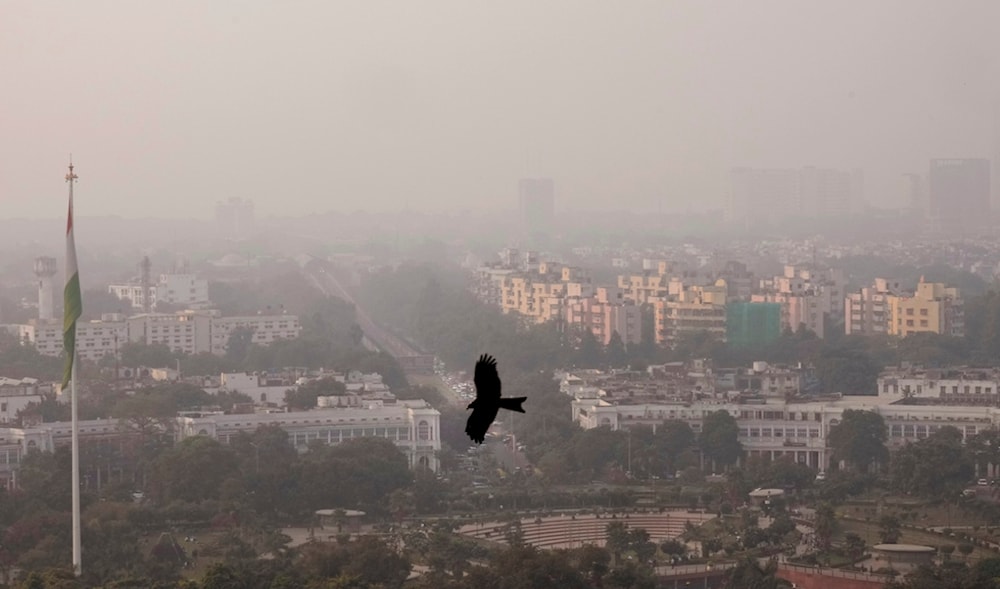Nearly every country on Earth failed to meet WHO air guidelines: Study
Only seven countries have complied with the WHO's guidelines to mitigate air pollution and PM2.5 particle dispersion.
-

A bird flies through a thick layer of smog in New Delhi, India, on November 20, 2024. (AP)
A new published report found that nearly every country across the globe has dirtier air than doctors recommend breathing.
Only seven countries, including New Zealand, Estonia, Iceland, and Australia, met the World Health Organization’s guidelines for tiny PM2.5 particles, as per an analysis from the Swiss air quality technology company IQAir.
These particles are smaller than 2.5 micrometers in diameter, and are responsible for over 90% of global air pollution deaths. They can enter the bloodstream and impact various organs, linking them to lung disease, heart disease, stroke, diabetes, dementia, and miscarriage.
Meanwhile, Chad, Bangladesh, the DRC, India, and Pakistan were among the most polluted countries on the planet, with PM2.5 levels ten times higher than the guideline limits set in 2024. In Chad, particle rates were 18 times higher than recommended levels.
While PM2.5 particles have no safe limits due to their miniature size, which enables them to slip into the bloodstream and damage organs throughout the body, doctors stress that abiding by the guidelines could save millions of lives endangered by air pollution, the second-biggest risk factor for dying after high blood pressure.
"Air pollution doesn’t kill us immediately – it takes maybe two to three decades before we see the impacts on health, unless it’s very extreme," said Frank Hammes, CEO of IQAir, adding that "[Avoiding it] is one of those preventative things people don’t think about till too late in their lives."
Slight hope
The annual report, now in its seventh year, noted some progress in air quality. The percentage of cities meeting PM2.5 standards rose from 9% in 2023 to 17% in 2024.
India, home to six of the world’s 10 most polluted cities, saw a 7% decline in air pollution between 2023 and 2024. China also continued its long-term improvement, with extreme PM2.5 pollution nearly halving between 2013 and 2020.
Beijing’s air quality is now comparable to Sarajevo, which remained Europe’s most polluted city for the second consecutive year.
Environmental epidemiologist Zorana Jovanovic Andersen noted stark air quality disparities across Europe, with eastern European and non-EU Balkan countries experiencing the highest pollution levels—showing a 20-fold difference between the cleanest and dirtiest cities.
A recommended solution for air quality improvement entails government investments in renewable energy and public transportation, developing infrastructure to promote walking and cycling, and prohibiting the burning of agricultural waste, the report stated.
Read more: Air pollution emerges as top global health threat: Study

 3 Min Read
3 Min Read








